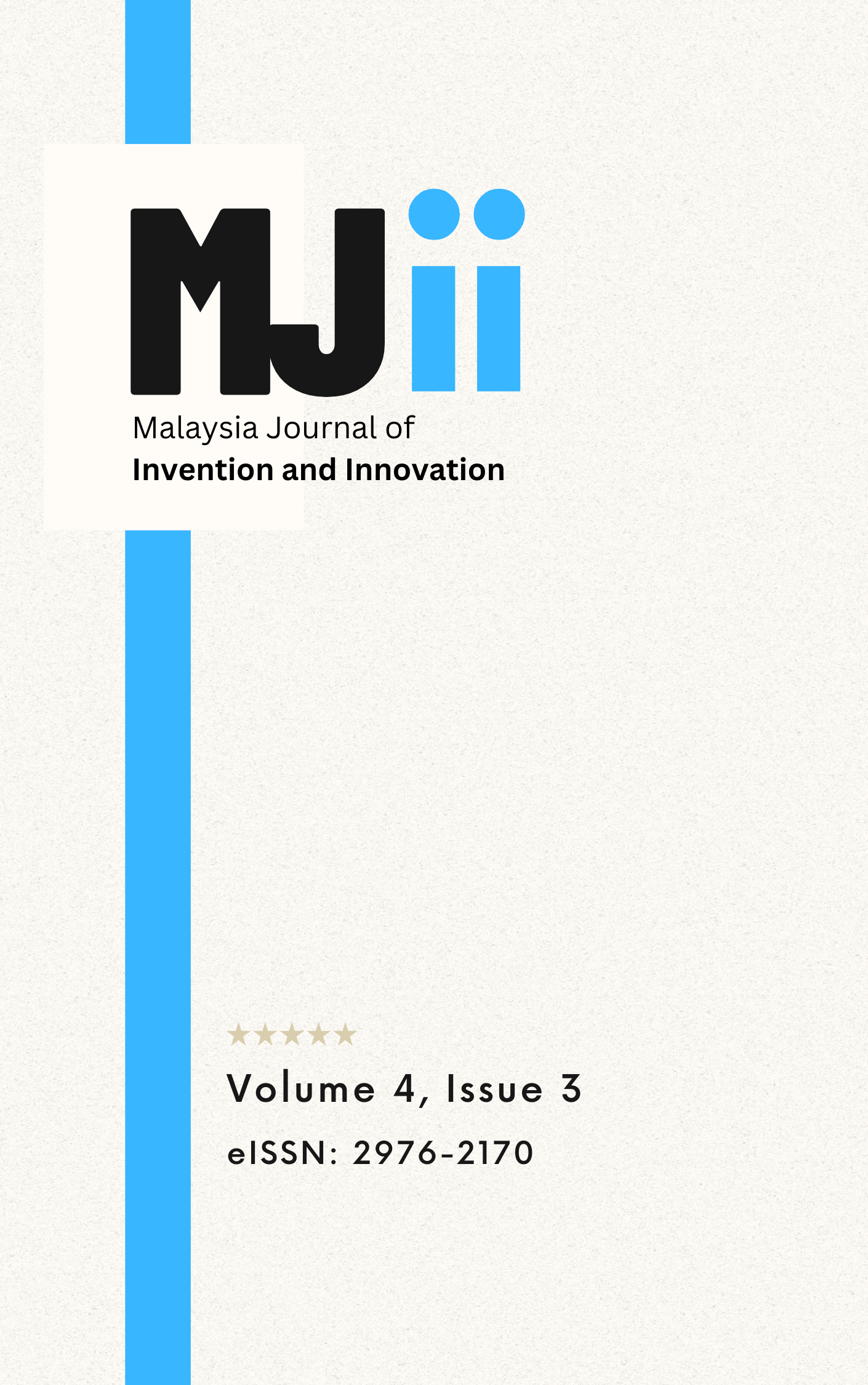Utilising the VIBE Module on Quizizz to Enhance Vocabulary Learning among Year 5 Pupils
DOI:
https://doi.org/10.64382/mjii.v4i3.115Abstract
The influence of technological progress on the education system is substantial, especially in highlighting the need for innovative applications in teaching and learning. However, previous studies found that Malaysian primary school pupils across the country needed refinement in the mastery of English vocabulary. Therefore, this study aims to develop a module that consists of 6 sets of questions which are then presented interactively via the use of Quizizz and to investigate its effect on pupils’ vocabulary learning. The effectiveness of using the developed module via Quizizz is evaluated from the design point of view and to pupils’ experience and cognitive style in the context of year 5 (11 years) primary school in Sabah. This innovation uses Quizizz, an interactive online learning platform as a medium to implement the developed module. This study uses the ADDIE model, which is divided into five phases; Phase 1 (analysis), Phase 2 (design), Phase 3 (development), Phase 4 (implementation), and Phase 5 (evaluation). Additionally, each set adheres to five steps in vocabulary learning; Step 1 (translating into first language), Step 2 (using pictorial stimuli), Step 3 (vocalisation), Step 4 (answering quiz), and Step 5 (cloze test). Experts were consulted to verify the application and design of this innovation. Results revealed that the questions in the Quizizz can be used to enhance pupils’ vocabulary learning. This application enables the creation of interactive, engaging, and entertaining learning experiences. This study also acknowledges the limitations and future recommendations of this study.
Downloads
Published
Issue
Section
License
Copyright (c) 2025 Jester Daniel Jayes, Chang Li Sean, Ahmad Syazwan Safwan Yusri Readuan, Melor Md Yunus

This work is licensed under a Creative Commons Attribution 4.0 International License.
The authors of MJII retain copyright to the content of the articles.
The content is published under the Creative Commons Attribution (CC BY) 4.0 which allows content to be copied, adapted, displayed, distributed, republished, or otherwise re-used for any purpose, including for adaptation and commercial use provided the content is attributed without any restriction.
Authors Rights
The Journal grants you the following non-exclusive rights, subject to giving propoer acknowledgement to the original journal. The authors may:
(i) to reprint or reproduce the contribution, in whole or in part, in any publication of your interest.
(ii) to use material for teaching purposes; including availability of the matarial in academic course.
(iii) to post a copy of the contribution on your personal or institutional web server, provided that the server is non-commercial and there are no charges for access, and
(iv) to deposit a copy of the contribution in a non-commercial data repository maintained by an institution of which you are a member.
Author's Agreement
Author(s) guarantee the journal the following:
(i) that the contribution is their original work;
(ii) that it contains, no matter what, content that is defamatory or is otherwise unlawful or which invades rights of privacy or publicity or infringes any proprietary rights (including copyright);
(iii) that the contribution has not been published elsewhere in whole or in part and that no agreement to publish is outstanding other than this agreement. Author(s) agree to be responsible and hold the journal, its editors, staff and affiliate organizations harmless against any claims arising from or related to the breach or inaccuracy of any of the guarantees listed above.
Disclaimer
The editorial team of the MJII and the publication team of Academica Press Solutions share no responsibility regarding the views and opinions expressed by the authors.
The content published in MJII is Open Access and can be shared, adapted, reproduced, reprinted, after appropriate acknowledgment and giving due credit to the author(s) work.


